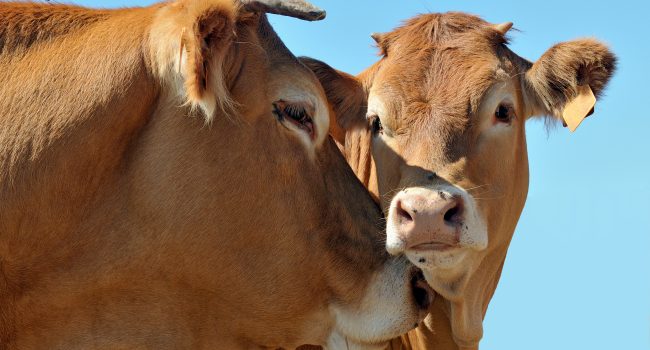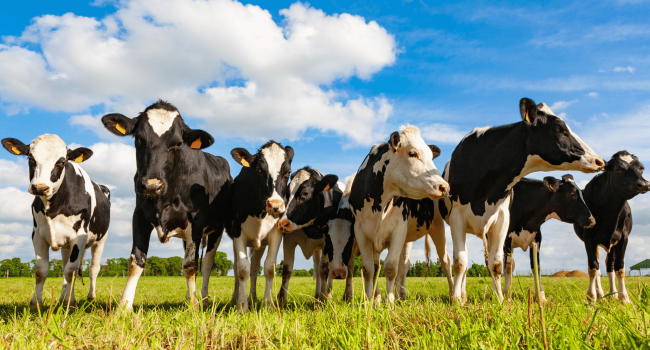One of the main challenges of reducing antibiotic use is to maintain your animals healthy and the competitiveness of your farm. The poultry sector has always been on top of this, but the increasing population is placing extra pressure on farms. The use of antibiotics in animal feed as growth promoters has been completely banned by the European Union since 2006 and last year China banned the antibiotics used in feed. Different approaches from different countries have put different speeds on the topic around the world. There is still a lot to do and to tackle this complex problem, a global and complete approach is essential. Three main technical problems has been identified for a medication reduction program in poultry production.
Technical problems to address
Food safety
Given the ever-increasing consumption of poultry worldwide, the wide variety of poultry products and consumer demand, it is essential to ensure the microbial safety of this sector. Salmonella and Campylobacter are the two main pathogens responsible for human gastroenteritis that is highly linked to poultry products consumption. In addition, the emergence of antimicrobial resistance among foodborne pathogens is also more and more a concern.
Gut health & microbiota
Gut microbiota plays a key role in the maintenance of intestinal health. It is a complex challenge due to the high variability between flocks i.e environmental, nutritional, and host factors that influence the load of commensal and pathogenic microbes of birds during their production cycle. Alteration of the composition and function of the microbiota by diets, environmental conditions, or use of antibiotics can transform the microbial allies into potential liabilities. Therefore, gut health relies on the balance between host, intestinal microbiota, intestinal environment, and dietary compounds. Optimal gut health is an essential aspect of achieving the best production and FCR and its deterioration can cause illness and problems in poultry, which may require the use of antibiotics. The balance of gut microbiota and management of gut health therefore appears to be an essential lever in reducing the use of antibiotics.
Support sanitary challenges
Many diseases in poultry production cause substantial economic losses to the industry each year due to increased mortality or impaired growth. Intensive global poultry production with a high density of animals often leads to sanitary challenges. Supporting these sanitary challenges involves controlling a multitude of levers: nutritional needs, good management, welfare requirements, biosecurity, etc. During poultry production, animals face different sanitary challenges that it is important to manage such has necrotic enteritis, coccidiosis, colibacillosis, mycotoxicosis, other parasitic infestations, and this often leads to wet litter problems. Another important focus should be on prophylaxis program (vaccination program).
Development of a global approach
Demedication remains a multifactorial strategy, on which product solutions alone cannot be sufficient to obtain concrete results. Three main axes are identified to develop a global medication reduction program:
Nutrition strategy
The EFSA Panel on Biological Hazards has identified Salmonella spp. as the major hazard for microbial contamination of animal feed ingredients, especially protein-rich feed sources and compound feed. This is a reason why the control of raw materials, the quality control of supplier specifications and the quality control of finished products remains essential. Thermic treatment or feed cleaning are key for the control of foodborne pathogens. At the nutritional level, it is primordial also to work on more precise nutrition to exactly meet the requirements of the animals and prevent dysbacteriosis. This will allow performance optimization. Strong knowledge on poultry requirements and high expertise in formulation and ingredients analysis are the keys to this approach. Some digital tools and formulation software are very helpful for accurate nutrition management.
Farm management
A strong pillar for a successful demedication program is improving farm management (hygiene, building, drinking water management, mycotoxins control plan, production data analysis…). Dedicated farm audits and specific procedures can be performed to get good performance, diseases control and the best return on investment. Performing farm audits is an effective way to support farmers in achieving change towards a more sustainable farming system. As technology is increasing, farm audits can now benefit from all the advantages of the digitalization and be run directly on-farm from portable devices (example of InMyFarm audit, the ADM digital audit tool). Designed to create more interactions with farmers, poultry experts can develop and run surveys according to the customers’ needs. As an example, the latest survey has been focusing on the control of Salmonella in poultry farms, with specific questions for hatchery, broiler farms, laying farms and poultry breeder farms.
Products solutions
Part of the solutions to fight antimicrobial resistance was the development of alternative solutions, working to prevent metabolic disorders or diseases which can have consequences the use of antibiotics. One bacteria that can well illustrate the phenomenon of resistance development is Salmonella, well known for its implication in human health too. ADM’s Premix & Services R&D department developed a specific and patented Copper Exchanged Clay (CeC), combination of copper ions and a synthetic zeolite. In order to evaluate its antimicrobial properties in vitro trials were first conducted. These in vitro trials are essential to analyze the efficiency of CeC over different strains of bacteria including
Study of different bacterial strains
The bacterial strains, and the reference strain E. coli CIP 7624, have been cultured in exponential phase in liquid culture medium under continuous stirring. The CeC is added into this culture medium and compared with a control group, without CeC. After the chosen trial duration, Petri plates are inoculated with the culture medium of each tube and the microorganisms are counted. The effect of the CeC is evaluated by population reduction in the test tubes containing the product in comparison with the population in the control tubes, expressed in log.
Several tubes have been prepared in order to test different dosages of the product at different contact durations between the product and the micro-organisms. The results, presented in Figure 1, of population reduction can be related to the dosage of the CeC and to the contact duration.

The antimicrobial activity observed is due to the local contact of CeC particles with micro-organisms. So the more contact between CeC particles and micro-organisms occurs, the more efficient the product is. Under this condition, it can supposed that few particles exposed to micro-organisms for a long time can be as efficient as many particles exposed to micro-organisms for a short time. As a consequence, the reduction of the population can be related to the intensity of treatment, expressed by the multiplication of the product dose by the contact duration.
The tested product had a clear inhibition effect on the tested strains. The bacteria population for all Salmonella strains tested, S. typhimurium, S. enteritidis, S. infantis and S. gallinarum was decreased by more than 4 log10 with a different profile of the curve for S. enteritidis in comparison with the other bacteria strains. As a comparison, the bacterial population reduction for Escherichia coli CIP 7624, the standard reference for the test was 5.30 log10. It is commonly considered that 1 log reduction is equivalent to a reduction of 90% of the bacterial population, 4 log corresponds to 99.99% of reduction, and 5 log to 99.999%.
Based on this in vitro trial, CeC can be considered as an efficient solution helping in the control of Salmonella pressure in the animal’s microbiota. Obviously, in vitro trials only are not sufficient to validate the efficiency of a feed additive. That is why more than 70 in vivo trials, in poultry, swine and aquaculture species are available and, confirmed those in vitro results.
Tackling the demedication challenge
Demedication is a complex challenge for poultry and should be faced with a global and holistic approach. Consumers are looking for more safe and suitable products, and farmers should be assisted to implement this approach. ADM is addressing this challenge by offering a dedicated demedication program: P4L (Partner For Life) for livestock animals and especially for poultry production, partnering to support its customers in this market move.




